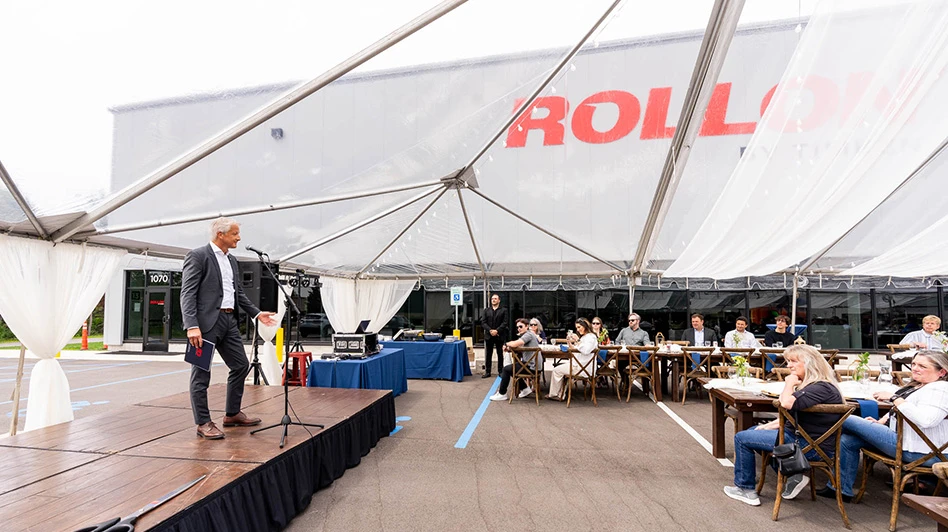
Herndon, Virginia – Registration is open for the Industrial Designers Society of America (IDSA)'s Medical Design Conference 2016: From Volume to Value, which will be held Nov. 11–12, 2016, at the University of California-San Francisco (UCSF) Medical Center's Mission Bay Conference Center, based in a new 43-acre life sciences campus for teaching and research.
The IDSA conference will be chaired by Bill Evans, IDSA, senior vice president of innovation at Bridge Design, a Ximedica company.
“It's an exciting time to be a designer in healthcare," Evans says. "Our profession has a pivotal role – using design to help improve outcomes in a more cost effective way made possible by the digital revolution sweeping through our industry."
The conference is co-sponsored by UCSF, with Aenor Sawyer, MD, from the Department of Orthopaedic Surgery taking the leadership role for UCSF. She is very involved in the UCSF Center for Digital Health Innovation and is the director of UCSF Skeletal Health Service. Dr. Sawyer will draw the participation of clinicians, researchers and others in her wide network, into our Medical Design Conference program.
Evans adds that this year’s conference will take place in one of the most dynamic innovation hubs in the United States – and take up one of the most pertinent conversations today – the creation of meaningful value to truly transform the healthcare system. “Recognizing that no one entity – patient, provider, payer or innovator – can address the complete value loop, this conference will draw representatives from the entire ecosystem to foster relevant dialogue and shared learnings.”
At IDSA's 2015 International Conference in Seattle, Evans spoke on The Next Wave of Healthcare Innovation.
IDSA Medical Design Conference 2016 speakers and sessions will focus on the practice and current methodologies in the design and development of medical technologies.
IDSA Executive Director Daniel Martinage, CAE, says advancing the conference to the U.S. West Coast will enable the premier event to reach an even wider audience. "Our partnership with Bill and the top-notch Bridge/Ximedica team will result in a best-in-class event,” Martinage says.
The IDSA Medical Design Conference is expected to draw designers, medical professionals, and other experts in related fields to keynote sessions, panels, and hands-on workshops. Attendees will network, exchange ideas, and engage in thought-provoking – often one-on-one – conversations in a dynamic environment.
In 2015, Bridge Design joined forces with Ximedica to create a full-service, ISO13485 certified and FDA-registered, medtech development firm. IDSA is one of the oldest and largest membership organizations for industrial design professionals with dozens of communities, including the Medical Special Interest Section led by Sean Hägen, IDSA, who chaired the first IDSA Medical Design Conference in 2014 at the Center for Advanced Medical Learning and Simulation (CAMLS) in Tampa, FL. He also spoke at the second IDSA Medical Design Conference also held at CAMLS in 2015.
Follow the journey to the 2016 IDSA Medical Design Conference on @IDSA #IDSAMedical on Twitter, Facebook, and LinkedIn, and on @IDSAdesign on Instagram
Source: IDSA
Latest from Today's Medical Developments
- Discover the future of manufacturing at GROB's 5-AXIS LIVE!
- Revolutionizing quality control with Hexagon's Autonomous Metrology Suite
- Autocam Medical's $70 million expansion to boost orthopedic job creation
- Platinum Tooling unveils new product catalog
- Meet the minds shaping CNC grinding at The Precision Summit
- Mitutoyo unveils innovative SurfaceMeasure-S Series sensors
- #69 Manufacturing Matters - Shopfloor Connectivity Roundtable with Renishaw and SMW Autoblok
- Veeva's impact on compliance and efficiency in medtech





